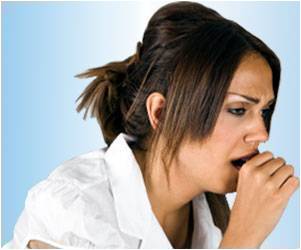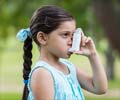
‘After years of rising, the incidence of asthma among children in the U.S. is showing a downturn, with 8.3 percent affected in 2013 compared to 9.5 percent in 2011.
’
Tweet it Now
"That was a big surprise," says Lara Akinbami of the National Center for Health Statistics. "We were expecting the increase to kind of continue. But in fact we saw the opposite." The percentage of U.S. children with asthma doubled in the 1980s and 1990s and had been increasing steadily since then. The reason for the increase has remained mysterious, but there may be many possible factors, including exposure to secondhand smoke, obesity and children's immune systems failing to develop properly.
Analysis of the data showed that age group, poverty status (poor, near-poor and non-poor), race/ethnicity and geographic location were significant factors affecting the prevalence of asthma. Similar rates of affliction were found among 5- to 9-year-olds and 10- to 17-year-olds, but 0- to 4-year-olds showed fewer incidences of asthma. Prevalence was found to increase significantly among poor children, but was at similar levels for near-poor and non-poor children, according to the National Public Radio (NPR) report.
The reason for the shift remains as mysterious as the rise. One possibility is that the proportion of children who are genetically susceptible to asthma may have peaked, Akinbami says. Regardless of the cause, other experts are welcoming the trend.
"It is good news for kids," says Stephen Teach, chairman of pediatrics at the Children's National Health System in Washington, D.C. In addition to deaths and hospitalizations, asthma attacks cause children to miss school and their parents to miss work. "It's an economic and health care drag on our system and our potential for children to develop," Teach says.
Advertisement
Source-Medindia















